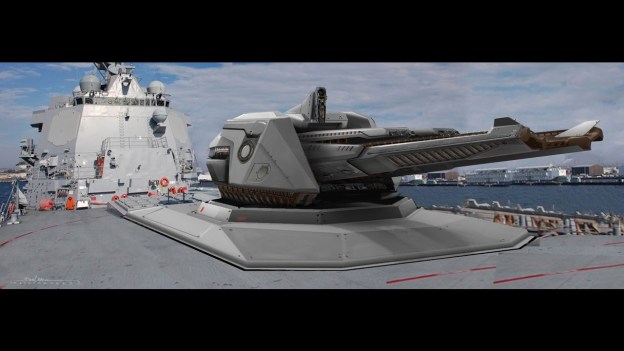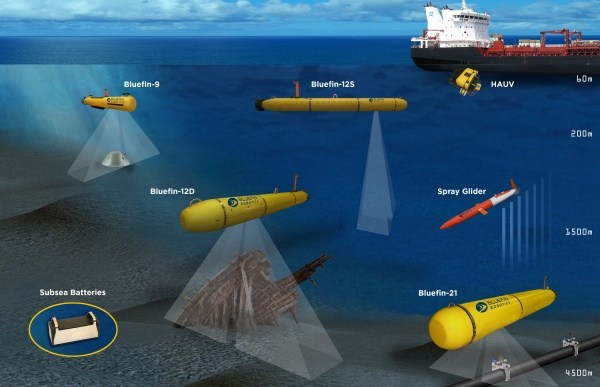Two firms have been working on the navy’s railgun—BAE Systems and General Atomics. Amir Chaboki, the project leader at BAE, is coy about what advances in metallurgy, materials science and electrical engineering have made a useful weapon (railgun) possible. But he says his firm’s weapon should be able to go hundreds of shots between rail replacements. And, thanks to the trend for “electric boats”, in which a warship uses electric power for everything from the lights in the captain’s bathroom to the main engines, vessels with enough juice to fire the weapon are now coming into service. USS Zumwalt, the first of a new class of destroyers that have enough power generation to run a railgun, will be commissioned soon.
The brief given to the companies is to develop a weapon that can fire a 10kg projectile at about 2.5km a second. This is roughly seven times the speed of sound—and about three times the muzzle velocity of a conventional naval gun. At those sorts of speeds, there is no need to give the projectile a warhead. Its momentum is enough to cause destruction. The design has a muzzle energy of 32 megajoules, which is roughly the kinetic energy that would be carried by a small hatchback doing 900kph. The fiery plume, visible in the photograph, that accompanies the projectile out of the gun is not the result of propellant exploding but of the air itself being ionised by the electric current in the barrel.
The sheer destructive potential of the new weapon, though, is not the main point. Although a railgun’s speed makes plenty of headlines, old-style naval guns—such as the 16-inch monsters found on second-world-war battleships—had muzzle energies ten times as high. Modern ship-launched cruise missiles can deliver large explosive warheads to targets hundreds of nautical miles away.
Instead, says Commander Jason Fox of Naval Sea Systems Command, the part of the navy responsible for railguns, the weapon offers three other advantages. One is range. The projectile’s speed means ships could attack other vessels, or bombard targets on land, from a distance of 110 nautical miles. (about 204 kilometers or 127 miles) That is much farther than existing naval guns can manage, and beyond the range of at least some shore-launched anti-ship missiles.
Another advantage is safety. If a ship is hit by enemy fire, its magazine of high-explosive shells can detonate, with potentially devastating consequences. A vessel equipped with railguns would have only inert slugs on board, so would not face that risk. (As a bonus, the modest dimensions of the projectiles would allow more of them to be stored.)
But the biggest advantage, says Commander Fox, is cost. A single ship-launched missile can set the navy back well over $1m. Current estimates for railgun projectiles are around $25,000 per shot. Even given the tendency for costs to swell, that is a dramatic saving. And not even America’s military budget is infinite.
Like Dr Chaboki, Commander Fox is coy about specific tactical applications for railguns, beyond long-range bombardment—although he says that the next challenge will be to work out a way to guide the projectiles, to permit accurate fire from a hundred miles’ distance. One navy document talks about rail guns (suitably upgraded for an even longer range) as providing more shore-bombardment ability than an aircraft-carrier’s worth of planes.
Peter Roberts, a naval expert at the Royal United Services Institute, in London, thinks that smaller versions of the weapon could one day find uses as anti-aircraft guns or anti-missile weapons, applications where their enormous speeds would make them hard to evade. Nor, says Mr Roberts, are the Americans the only ones pursuing the idea. Researchers in China are thought to be working on a similar system. If and when someone manages to perfect one, the centuries-long monopoly of gunpowder will have come to an end.
Excerpts from Advanced Weapons: Rail Strikes, Economist, May 9, 2015, at 73


